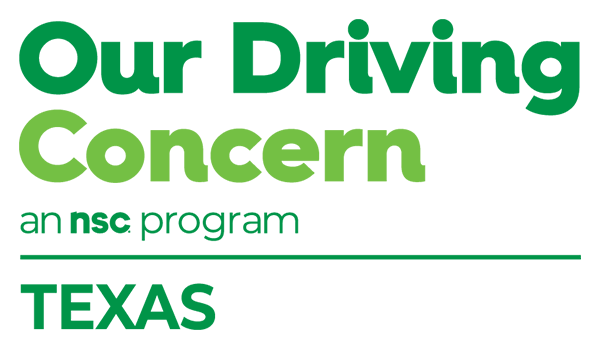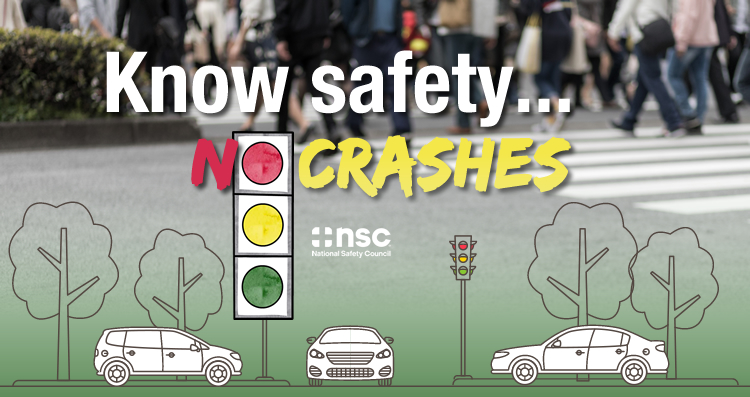
We observe National Teen Driver Safety Week annually (this year Oct. 16-22) to spread awareness of the risks teens face behind the wheel and explore solutions to protect all roadway users. This observance is more important than ever due to a dramatic increase in car crash fatalities and injuries across the nation.
As an employer, you can be part of the solution by starting conversations about teen safe driving with parents and caregivers at your workplace. Together, we can help teens live their fullest lives.
By the Numbers
During the past few years, our roads have become increasingly more dangerous. According to National Safety Council estimates, more than 21,340 people were killed in crashes during the first six months of this year. These numbers are up 15% from the same period last year.
In 2020, NSC research indicates 42,338 people died on U.S. roads and more than $4.8 million was spent on associated medical costs. In total, $473.2 billion was spent across the board on recovery efforts, including items that affect all employers, like injury-related lost work days, damage to equipment and property.
Solutions
Employers can be part of the solution by talking about teen driving safety with their employees. Many of them are parents or caregivers, and they can have the biggest influence on protecting our most vulnerable road users.
Here are some resources from the DriveitHOME program to share:
- Pointers for Parents: free lessons that help new teen drivers build experience behind the wheel; the lessons cover talking points and scenarios to get parents involved
- The New Driver Deal: a safe-driving agreement that enables parents and teens to get on the same page about responsibilities and risk factors
- Educational materials: posters, infographics and videos you can share around your workplace
Personal Impact
From my own personal experience, I know what is learned at work is carried home. My father was an educator, driver education instructor and coach for more than 30 years. During the day, he learned the latest safety information. He then came home and made sure that I was just as informed as he was.
To him, I was precious cargo, and he wanted to make sure I was set up for success the second I started learning how to drive. Even after I got my license, he still offered safety tips, helped with vehicle maintenance and continued to provide feedback.
You have the ability to reach and out and connect with your coworkers, friends and loved ones, which will, in turn, help protect our most vulnerable road users.
– Laura Saldivar is a program manager at the National Safety Council


